Video and transcript.
So, a lot of probably what you've done, as far as working on accounts before is, you've said: Okay, I want to look at my aging, maybe I sort by 151 or greater. I look at my accounts here that have amounts in that column and I say, okay, I need to make those calls or whatever it is.
But again, this is what we wanted to automate, and this is what we want to say: No, you know don't need to do that. We want the system to tell you what you need to be doing today.
So, to do that, we developed workflow strategies. So a strategy is nothing more than just a list of steps that we're going to go through in the process. They're written as "if-then" statements, but not in a programming language. So, I'm going to show you how to do one and this is something that, not every user can do but, this is something that you don't require programming or IT experience to do.
So, what we've said in this strategy, this sample strategy that I have right off the bat, is “if days past due is greater than zero, and it's less than 11, then I want to send reminder letter to the AP contact at the account.” So when this strategy runs, and you can have it run as often as you want, it's going to look, and it's going to look for any customer who has a transaction that has gone over, gone past due and they've not already received the reminder letter. It's going to look at that customer's account, find their preferred contact method, so fax, email or printed letter, find their AP contact and it's going to fire off that communication. It's also going to make a note on the customer's account, that they were sent reminder letter 1, for that invoice, at this date and time.
So, in addition, then I can just add more steps to the strategy. So each step in the strategy can be used to do an event, which is something the system does automatically: so it sends an email or fax; it creates some sort of interaction automatically. It can also create a task, which is something that's going to go on the collector's task list and calendar, as something the collector needs to do. Now that could be a call, so I can make the first collection call, it can be an account review, it could be prepping it for legal, whatever you want that collector to do.
I can also set the invoice status or the customer status, via workflow. So if I say, "You know what, anytime the customer has more than $100 in the 60 day or over, I want to change their status so that I know how many customers I have in maybe that kind of "danger" status or whatever I want to call it."
And then I can also send internal emails. So, if you have disputes that you're tracking, customer claims that the price wasn't correct, so you need to involve the sales person; if you set up the dispute reason as pricing and you set up a work flow step for it to go to sales, it'll find the salesperson on that account, send them an email, say "Hey, customer's disputing this due to price." And so you can bring them into the collections process also through workflow, if you want.
So, in this scenario, I have once it goes past due, I send the first reminder letter to the AP contact. Once it hits 7 days past due, then I create a task for the collector, puts it on there, says that there is a call. I can also add multiple parameters within a step, so my next one is if it's greater than 20, and I don't have a promise to pay, then I want to send a second reminder letter.
So, these strategies can be as complex or as simple as you want them to be. They can have 100 steps, they can have 3 steps. Each step could have 1 parameter or 100 parameters. It's all in how you want to set up this process. This is part of the implementation, we walk you through this. You know, frankly, we tell you it's better to walk before you run, so let's start with maybe a simpler strategy than what you think you need and add to it. But the possibilities are pretty endless here.
As I mentioned before, we also have unlimited user fields. All of those user fields can be used in the strategy also. So if there is any piece of data that you need, we can store in there.

Providing breakthrough software and services that significantly increase effectiveness, efficiency and profit.
Call us at (813) 642-7230
sales@dynavistics.com |1057 S Florida Ave, #8852, Lakeland, FL 33803 | ©2022 Dynavistics, Inc.. All Rights Reserved.